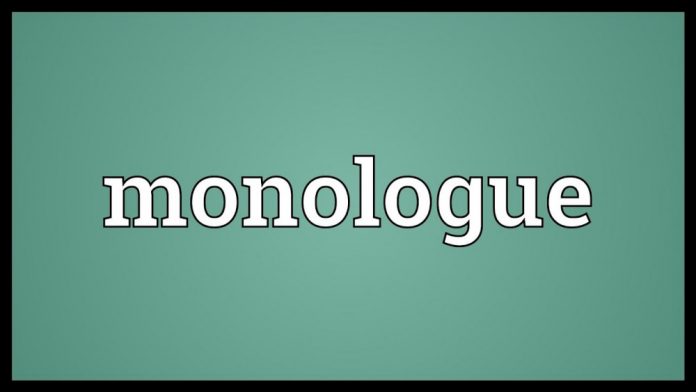A brief examination of how a dramatic monologue is defined and how it is used in theatre.
The “to be, or not to be” speech from William Shakespeare’s Hamlet is one of the most famous monologues in the history of theatre. This article looks at how the dramatic monologue is defined and how it is used in theatre.
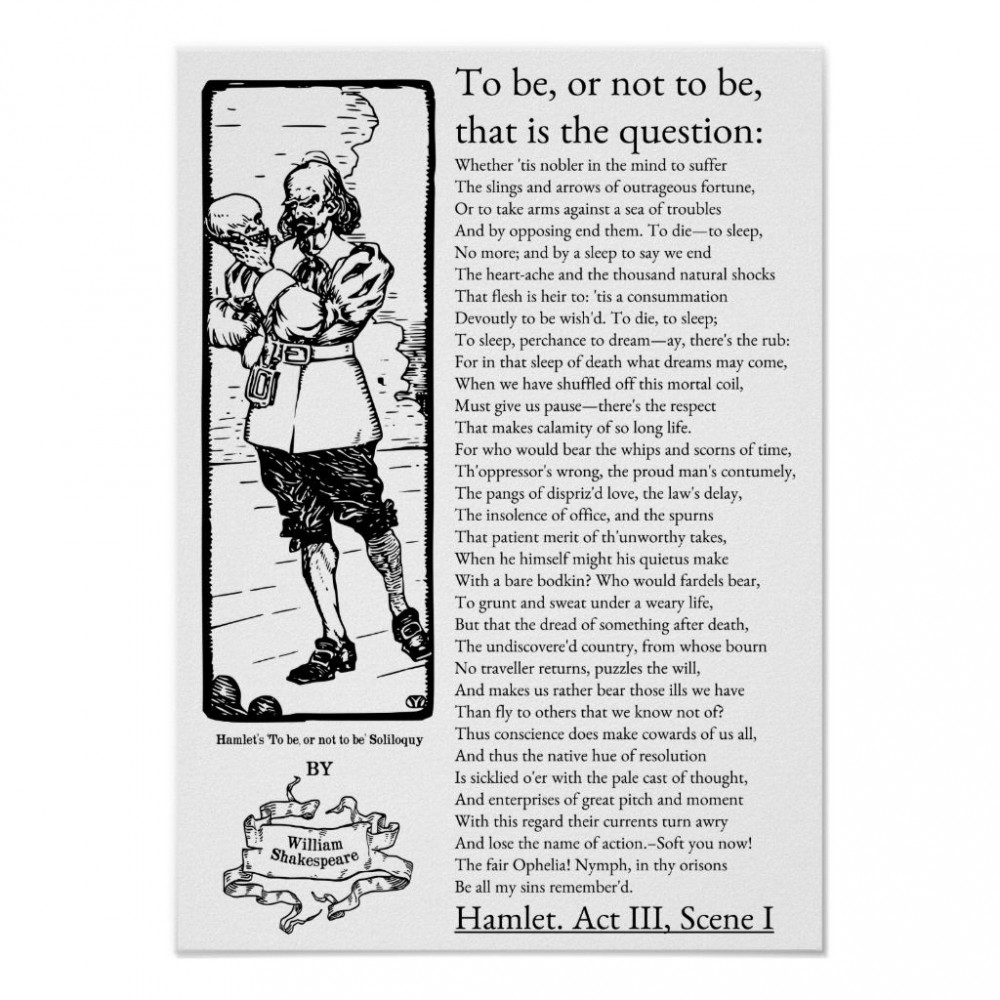
What is a Monologue?
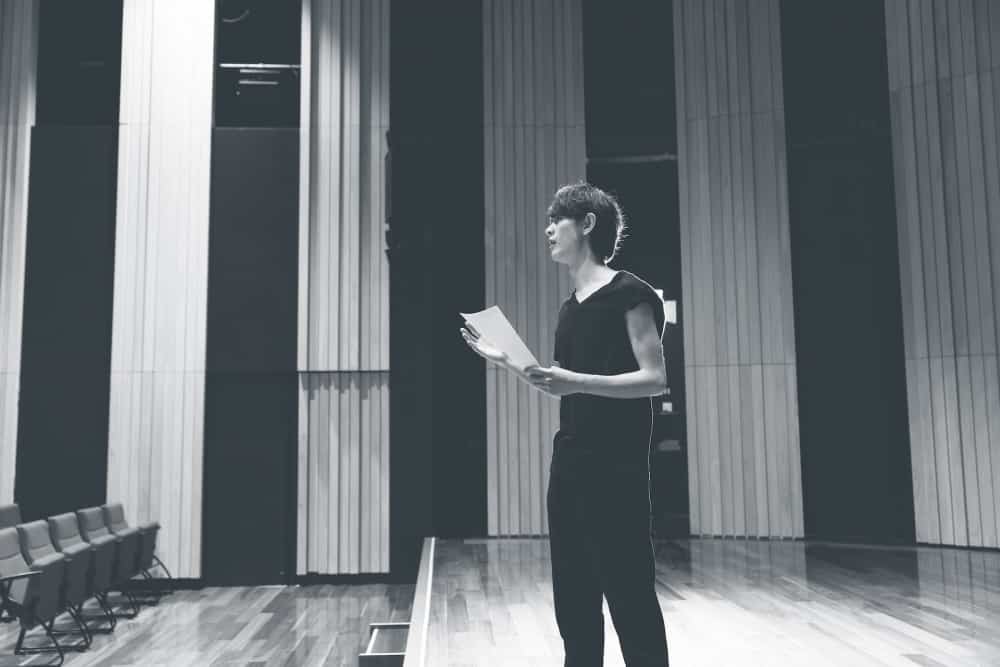
A monologue is a speech performed by a single actor in a play or film. They come in many different shapes and styles. A dramatic monologue may be two or twenty minutes long; it may be a piece of theatre in itself, or it may be a single moment in a longer script; there may be other characters listening in, or the performing actor may be alone on stage.
When are Monologues Used in Theatre?
There are countless ways to use a monologue in a dramatic script. As a playwright, you may decide to allow your characters to express their inner feelings by way of a monologue delivered by an actor alone on stage. This gives the audience an omniscient point of view, letting them into the mind of the character(s).
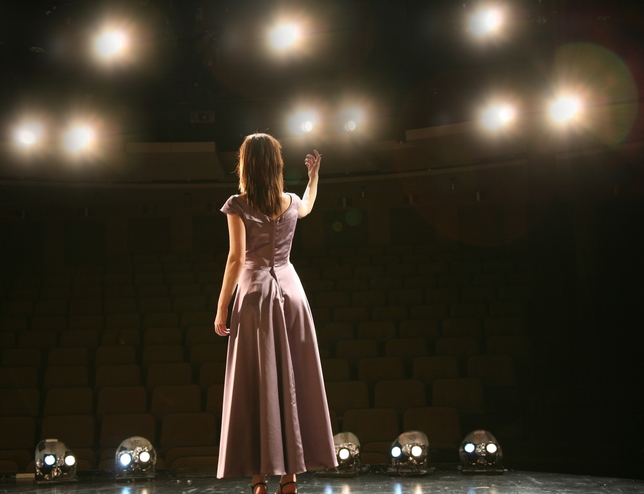
Conversely, a monologue can also be a public occurrence in a play. It may be that your lead character is a military leader who needs to lift and motivate the spirits of his army by delivering a speech, or you may simply have a character telling a long story to another character or group of characters. American playwright Edward Albee is quite well known for his use of long and complex monologues, well illustrated in plays like The Play About the Baby and The Zoo Story.

Monologues as Plays in Themselves
Another way the monologue is used in theatre is as a play in itself. Whether used as a short solo piece or extended into a full-length show, such as Daniel MacIvor’s House, a monologue presented as a standalone piece becomes a one-man or one-woman show.
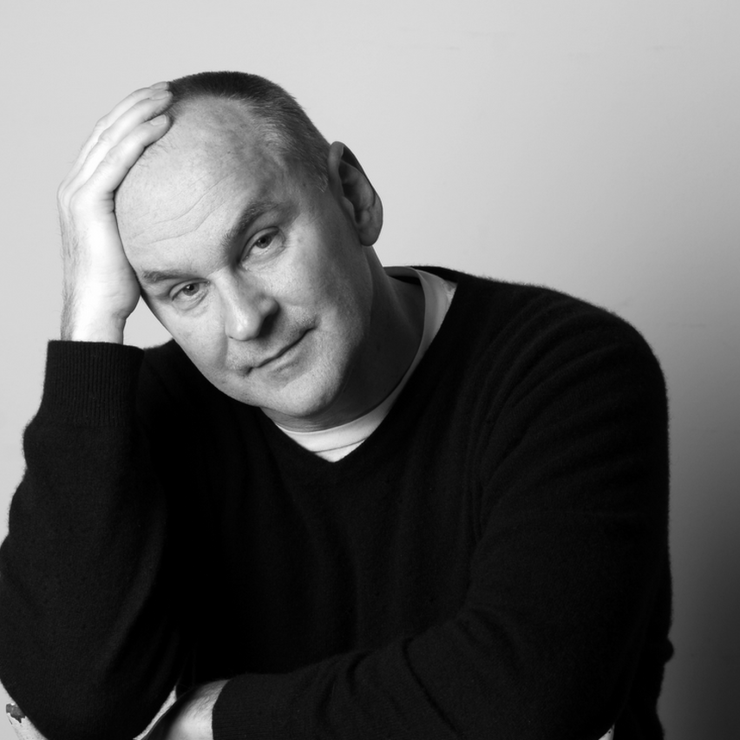
When a monologue is developed into a full-length solo piece, it is typically comprised of a number of characters, all performed by a single actor in production. Full-length solo pieces are often biographical, following the life of a single character and their interactions with family members, friends, and other colleagues. The possibilities, though, are endless.
Other Uses for Monologues
Dramatic monologues are useful outside of actual theatre productions as well. Actors and actresses, for example, need to select and perform appropriate monologues during auditions for roles in plays and films. They will often select one dramatic monologue and one comedic monologue in order to demonstrate their acting versatility.
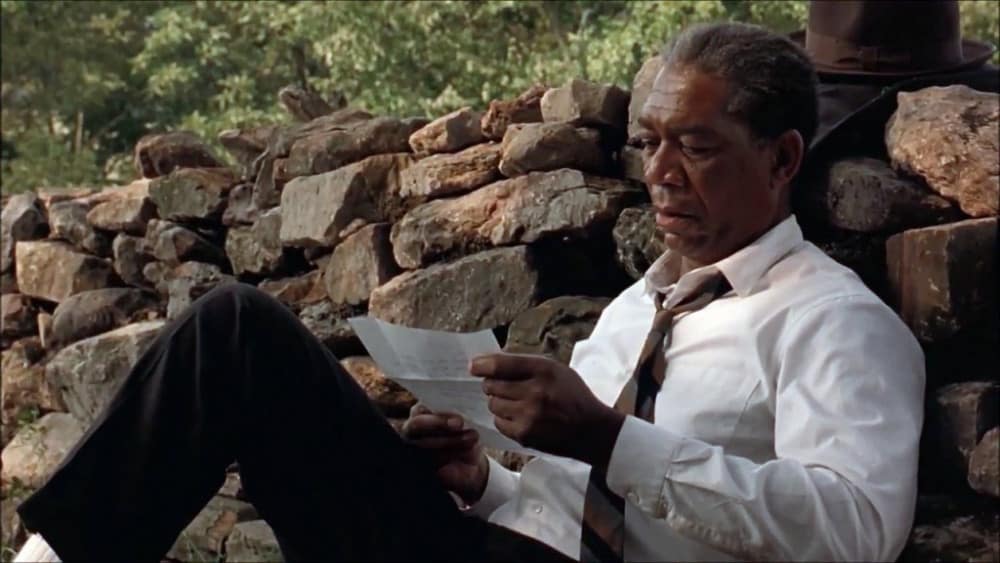
Playwrights may also use the monologue as a stepping-stone or exercise towards a much larger script. Writing a monologue for a character is an excellent way of getting to know them, what their feelings are, how they speak, and so on. While it may not end up in your finished work, writing a dramatic monologue can help you significantly as you work on your next script.


